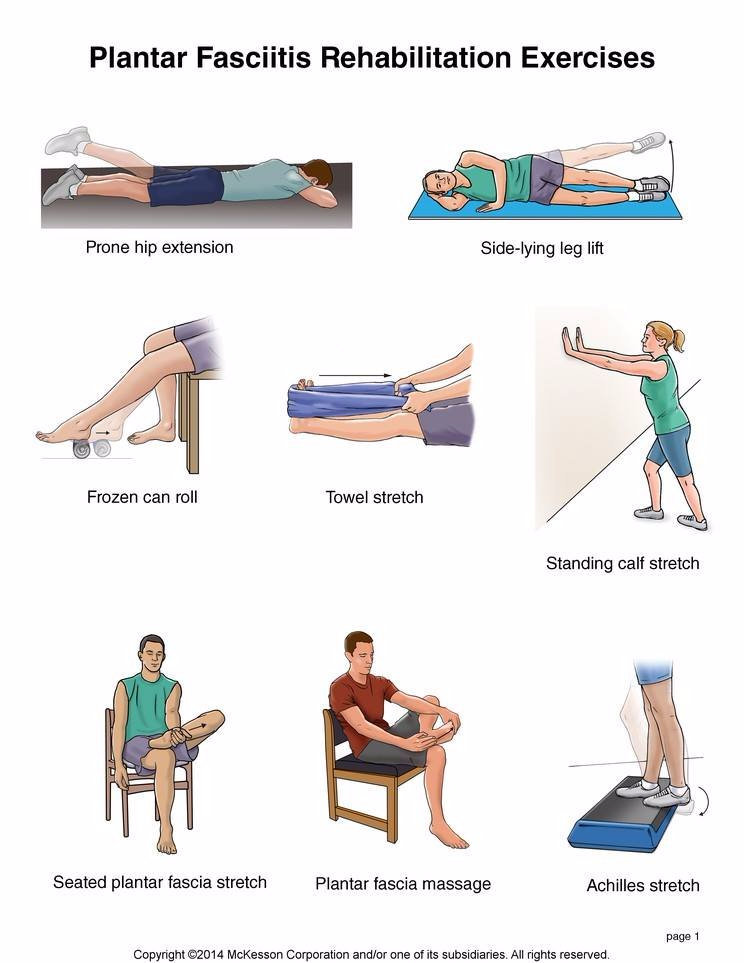Understanding Plantar Fasciitis: Causes and Solutions
Plantar fasciitis, a common issue experienced by many, involves the inflammation of the plantar fascia—a vital connective tissue stretching across the bottom of the foot, from the heel to the toes. This condition can lead to significant heel pain and discomfort, particularly during physical activities. While it’s a treatable condition, understanding its causes and exploring effective treatments is essential for relief and recovery.

What Causes Plantar Fasciitis?
Several everyday activities and factors can contribute to the development of plantar fasciitis, making it a widespread issue:
- Excessive Running or Physical Activity: High-impact activities, especially when performed with shoes that lack proper support or fit poorly, can overwork and overstress the plantar fascia.
- Improper Footwear: Shoes that don’t provide adequate support or fit incorrectly can lead to excessive strain on the plantar fascia.
- Pronation Issues: Pronation, or the inward rolling of the feet while walking or running, can also stress the plantar fascia, leading to inflammation.
Treatment Options for Plantar Fasciitis
The approach to treating plantar fasciitis varies based on the severity of the condition. Here are some effective methods:
Conservative Home Remedies:
- Anti-inflammatory Medications: Over-the-counter drugs can help reduce pain and inflammation.
- Ice Therapy: Applying ice packs to the affected area can reduce swelling and discomfort.
- Stretching and Strengthening Exercises: Gentle exercises can help stretch the plantar fascia and Achilles tendon, strengthening the foot’s arch.
- Orthotic Devices: Custom or over-the-counter orthotics can provide necessary support and distribute pressure more evenly across the foot.

Advanced Treatments:
- Shockwave Therapy: For more persistent cases, shockwave therapy can be a non-invasive option that promotes healing by stimulating the affected tissue.
- Surgery: As a last resort, surgical intervention might be considered to release part of the plantar fascia, relieving tension and inflammation.
Importance of Professional Consultation
Early detection and treatment are crucial in managing plantar fasciitis effectively. If you experience any form of heel pain, it’s essential to consult a podiatrist promptly. A specialist can provide a comprehensive diagnosis and tailor a treatment plan suited to your specific needs. Ignoring symptoms can lead to further damage and prolonged recovery times. Therefore, seeking professional advice early can help mitigate the severity of the condition and expedite the healing process.
Are you tired of living with plantar fasciitis pain?
Don’t let foot discomfort limit your mobility and quality of life any longer. Take the first step towards relief by scheduling a consultation with Austin Foot & Ankle Center. Our experienced podiatrists specialize in effective treatments for plantar fasciitis, tailored to your unique needs. Say goodbye to heel pain and hello to a more active, pain-free lifestyle. Contact us today to start your journey towards lasting relief from plantar fasciitis discomfort.

